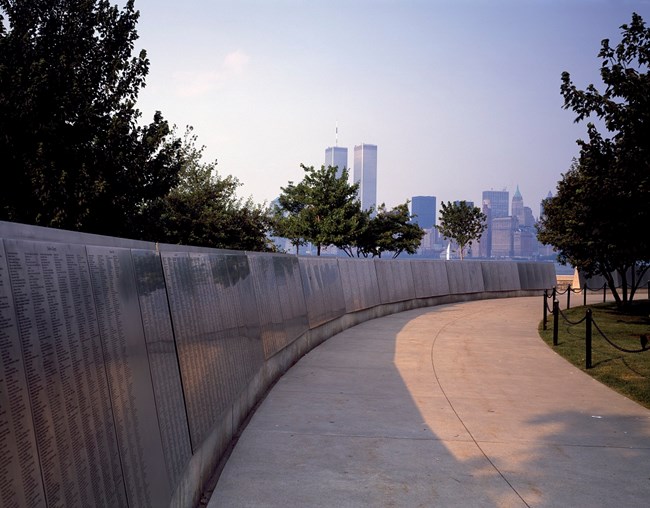Part of a series of articles titled Finding a Path Forward: Asian American Pacific Islander National Historic Landmarks Theme Study.
Article
Essay 8: The Architectural Legacy of Japanese America

Photo by Carol M. Highsmith, in the collections of the Library of Congress (http://hdl.loc.gov/loc.pnp/highsm.15515)
Efforts to capture the contributions made by people of Japanese ancestry to the built environment and cultural landscape of America are complicated by the limits of existing scholarship on the subject.[1] A few topics have received considerable attention, particularly the influence of Western architects in Meiji-era Japan;[2] the European and American craze for all things Japanese in the late 19th and early 20th centuries, the phenomenon known as Japonisme or Japanism; and its impact on the work of American architects such as Greene & Greene and Frank Lloyd Wright.[3] However, far less is known about Japanese American historical agency in shaping the physical fabric of America, including sites of Nikkei (Japanese American, overseas Japanese) settlement and community development (in North America); the entry of Japanese immigrants and their American-born children tinto the environmental design professions; and the impact of broader social and political forces, particularly anti-immigrant sentiment and racial discrimination, on their development as architects and landscape architects. This essay extends existing scholarship with new research on the built environment and cultural landscape of Japanese America. It also documents the careers of environmental designers of Japanese ancestry whose education or practice occurred, all or in part, within a US context.
A few exceptional individuals, notably architect Minoru Yamasaki and landscape architect Bob Hideo Sasaki, broke through to the top reaches of their professions in the 20th century. However, most environmental designers of Japanese ancestry, particularly in the first half of the 20th century, found that a racially segregated society set boundaries on opportunity... Read more >> (.pdf 3.4MB)
[1] Donna Graves is thanked for editing and assistance with this essay.
[2] Dallas Finn, Meiji Revisited: The Sites of Victorian Japan (Trumble, Connecticut: Weatherhill, 1995).
[3] Kevin Nute, Frank Lloyd Wright and Japan (London: Chapman and Hall, 1993), examines the evidence surrounding the architect's repeated claims that exposure to Japanese architecture only confirmed his original design ideas, but did not influence them.
The views and conclusions contained in the essays are those of the authors and should not be interpreted as representing the opinions or policies of the U.S. Government. Mention of trade names or commercial products does not constitute their endorsement by the U.S. Government.
Last updated: July 23, 2024
